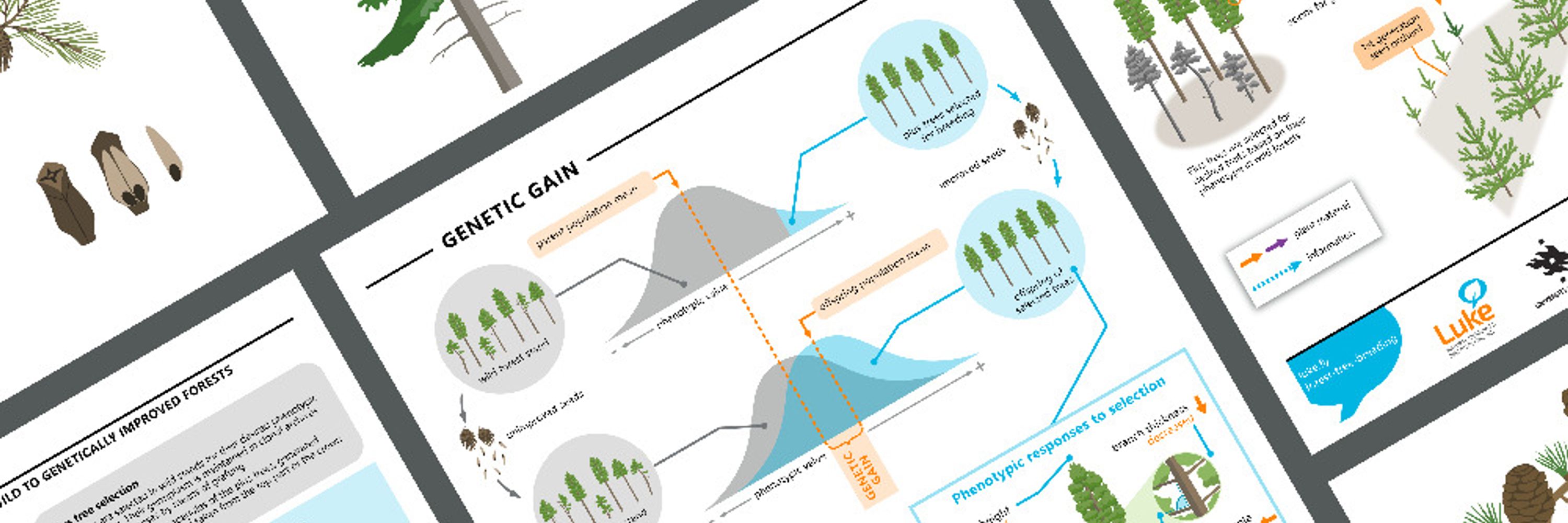
Hi BlueSky - I’m a biologist and scientific illustrator open to commissions of scientific figures, illustrations, infographics, etc. I’ve designed infographics about forest tree breeding, love drawing plants and silly characters for fun, and also made a logo for @pyhatanja.bsky.social 🧪🐡 #SciComm
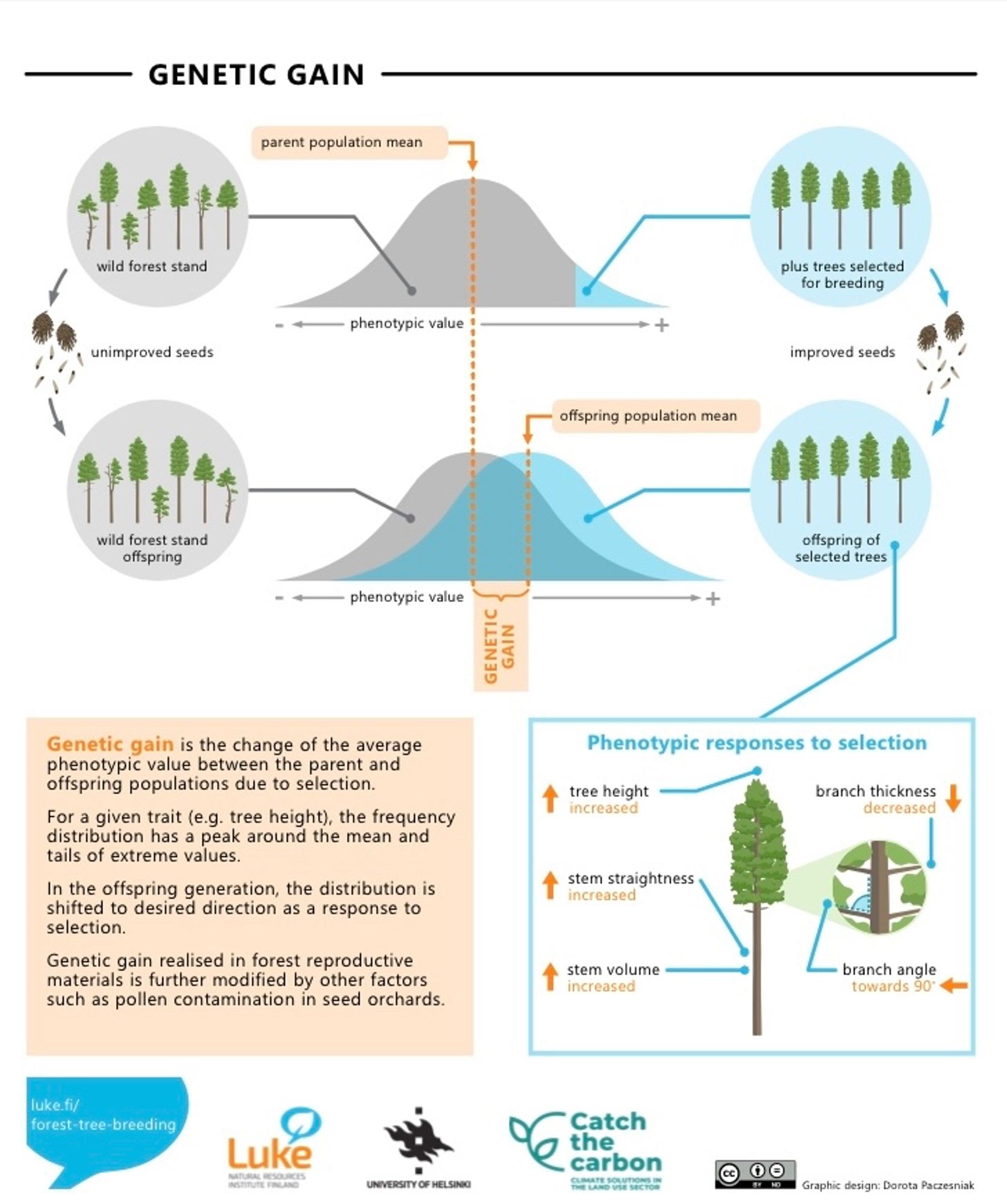
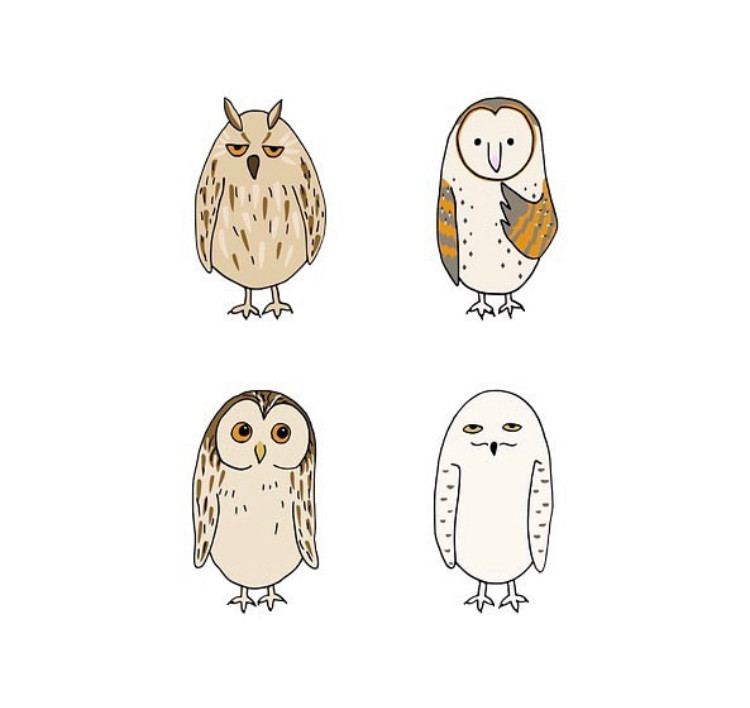

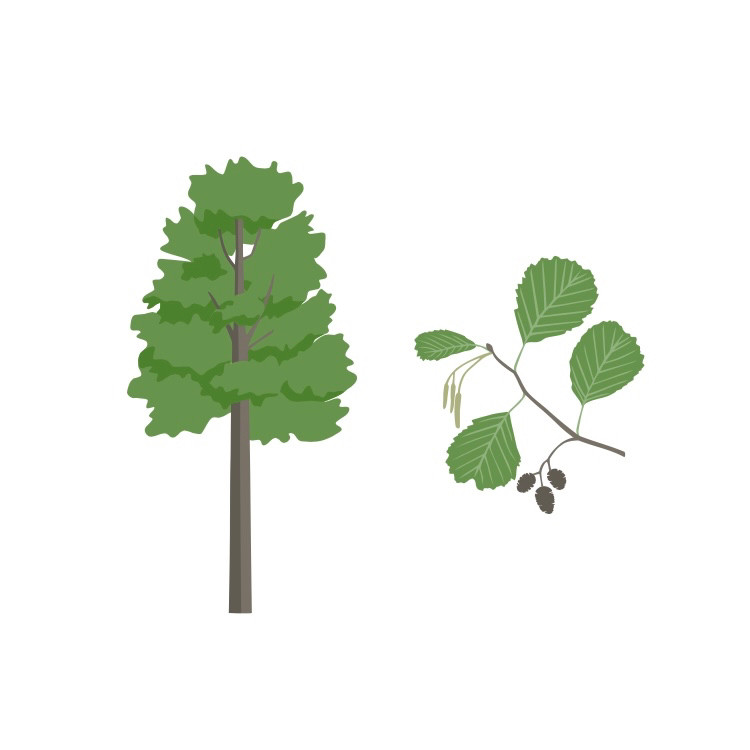
Earlier this summer, I finally got to see this absolute cinderblock of a book set in person! This is MedStudy's Student Core, the first project I worked on with them. Of the 860+ illustrations, I drew, edited, or directed almost every one 🐡 #medicalillustration

Hello! I’m Alice and I love trying to create fun, simple, and accurate illustrations of the natural world! I am currently mainly working on kids non-fiction and activity books 🦕✨
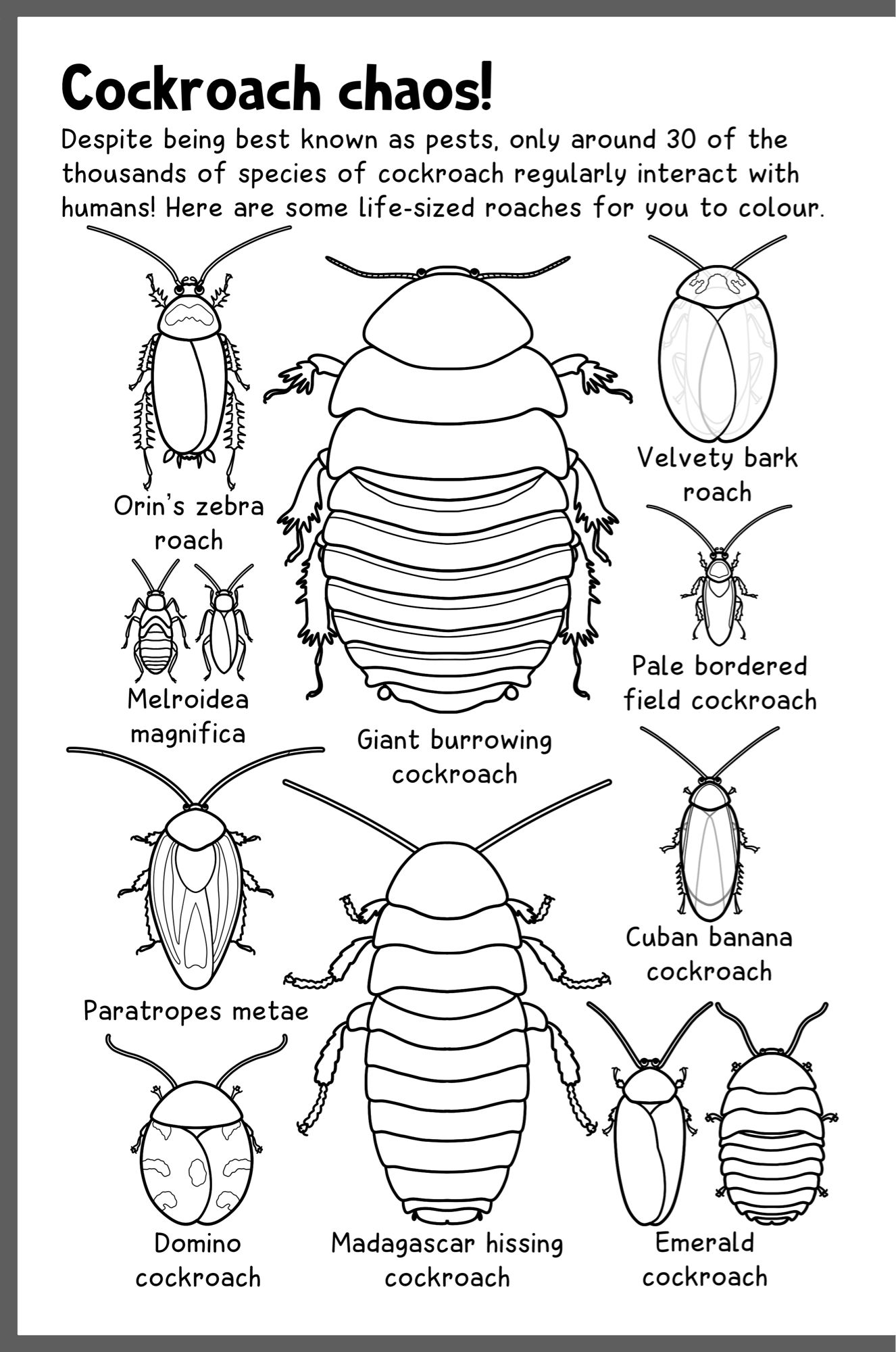
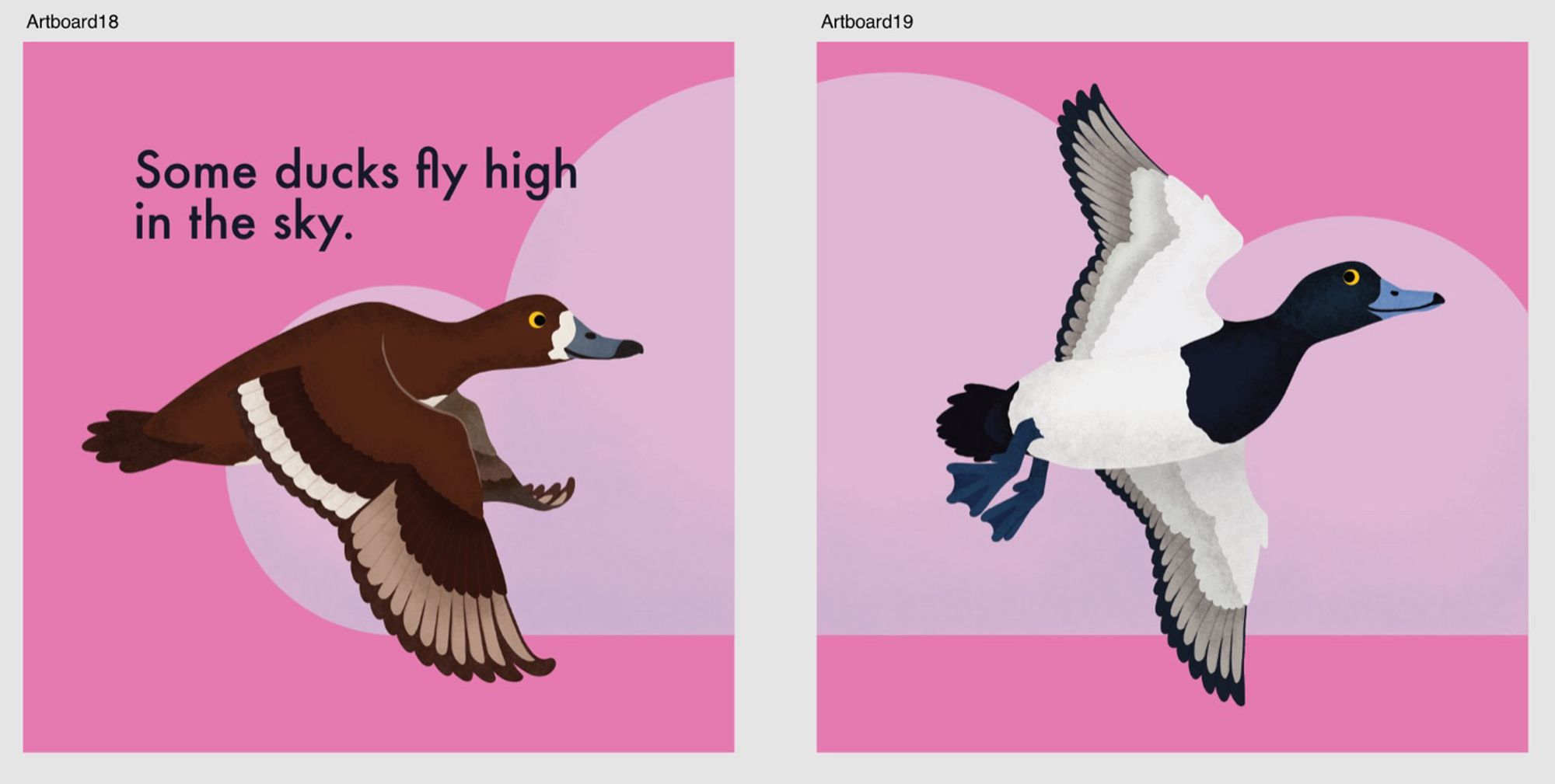
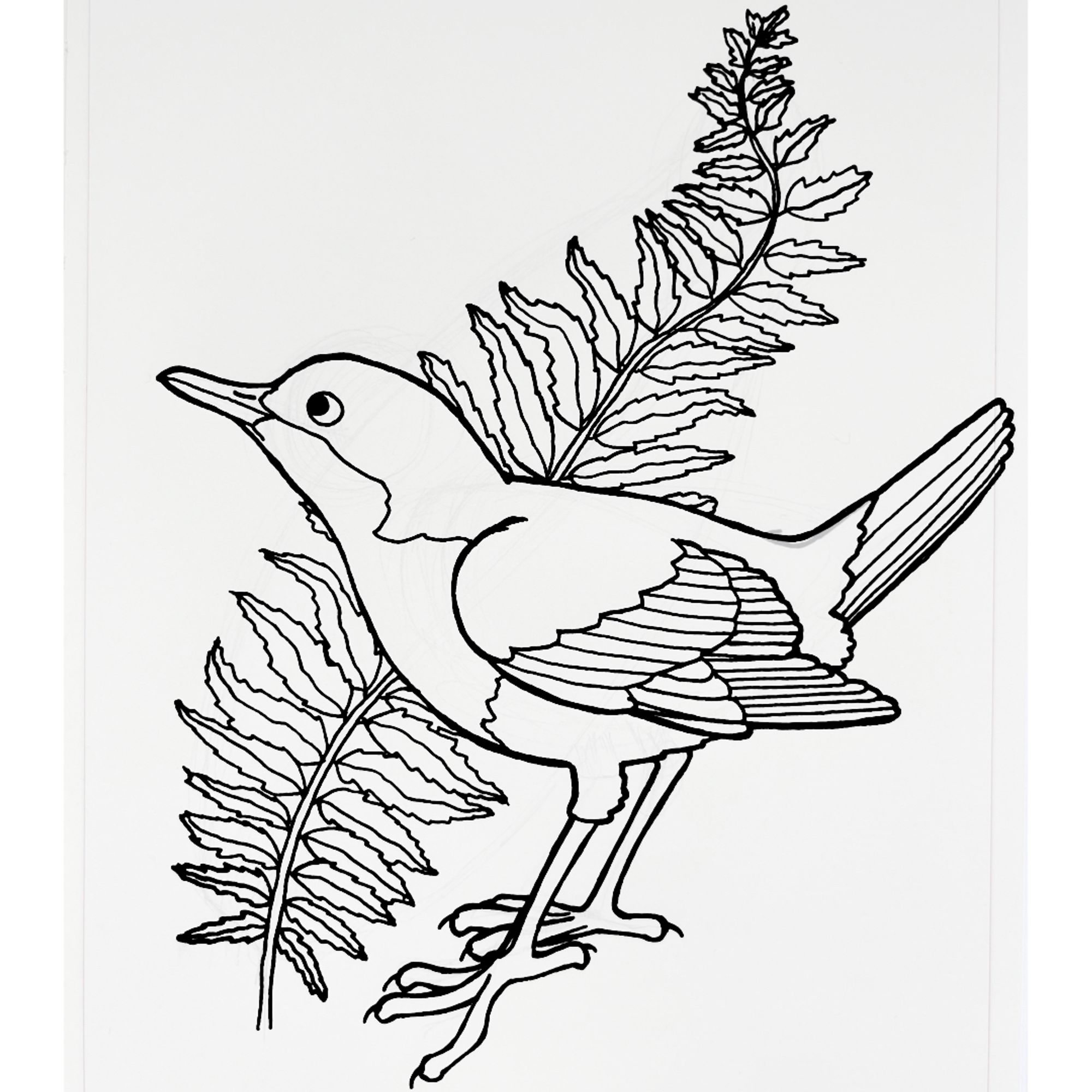
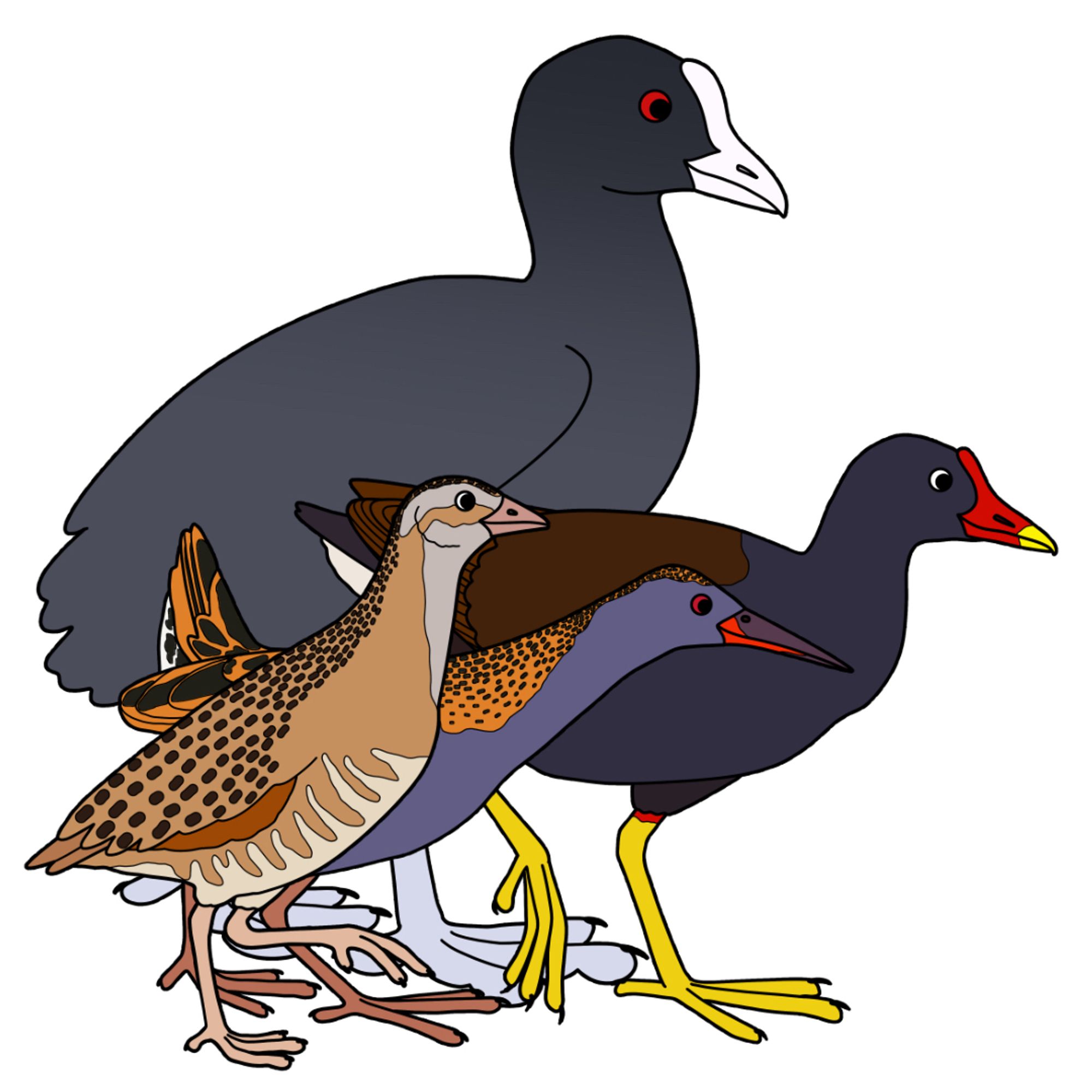
That’s so nice to know! I will make cards again this year so you can exchange for a new design
Not sure if it helps with loneliness but please keep sharing stories ❤️
Tomorrow is open door day at Eawag and we are doing a community science project, looking at the #biofilm#legionella#drinkingwaterquality. Photo shows diverse biofilms from 12 shower hose 😀 🦠🧫
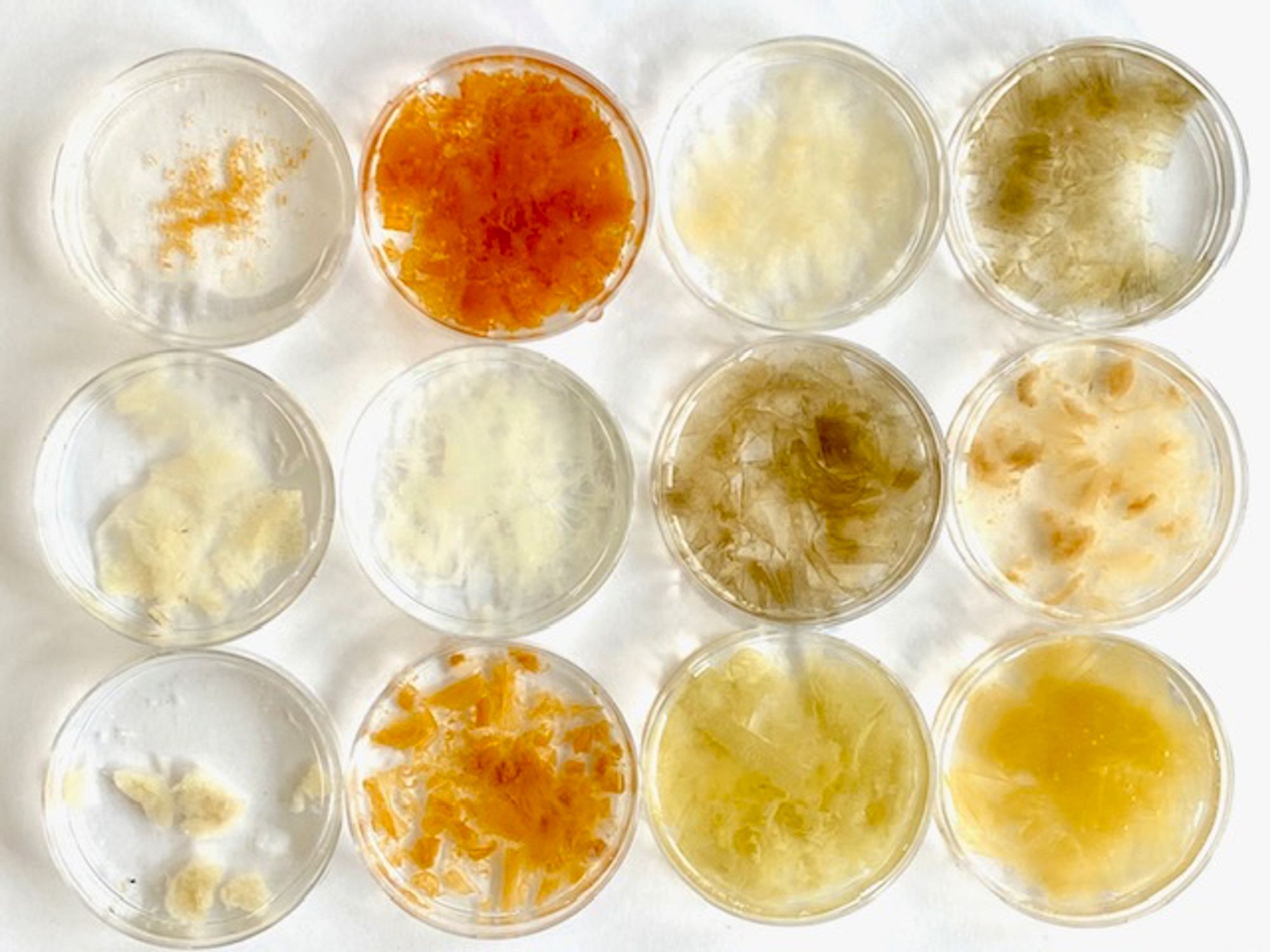
The Encyclopedia of Evolutionary Biology is releasing a second edition in 2025, and my updated chapter, introducing the Coevolution topic section, is online already! (Reach out for a PDF copy if you don't have a subscription) https://buff.ly/4guqjcY
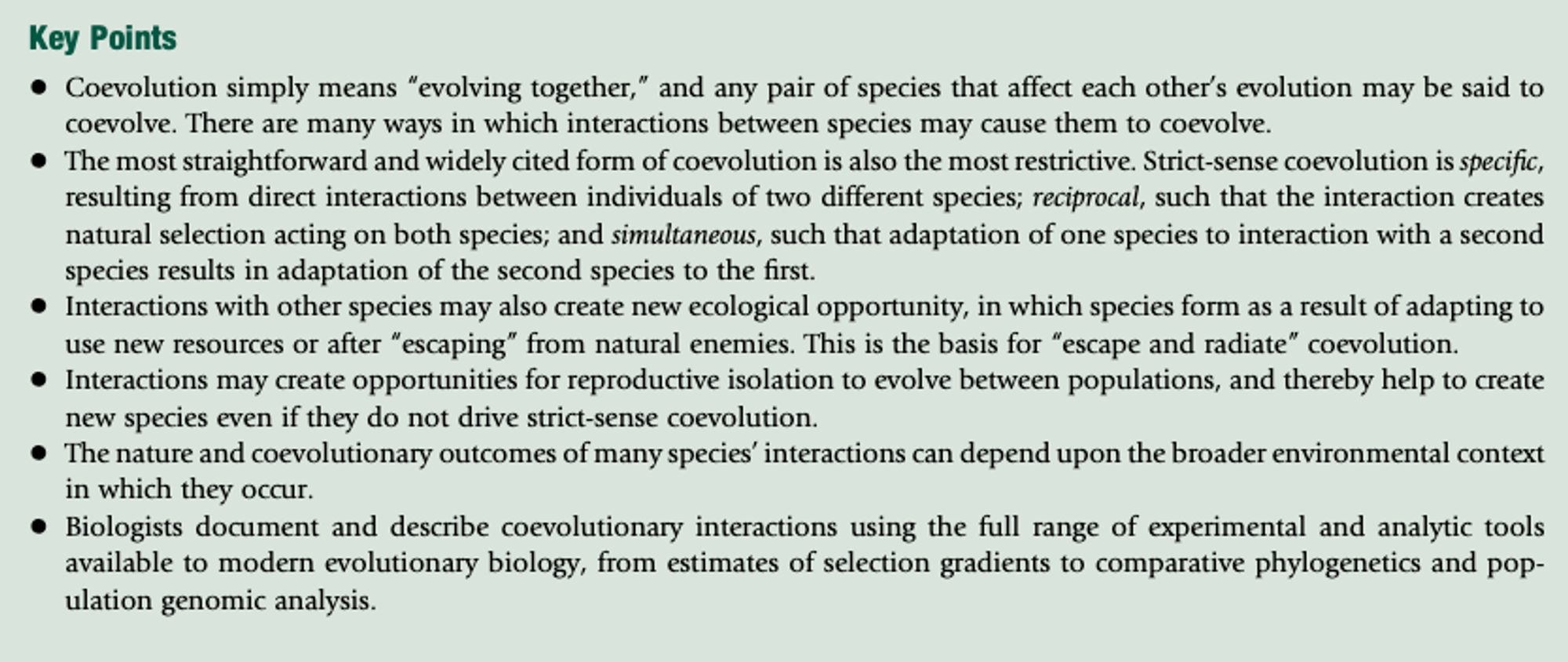
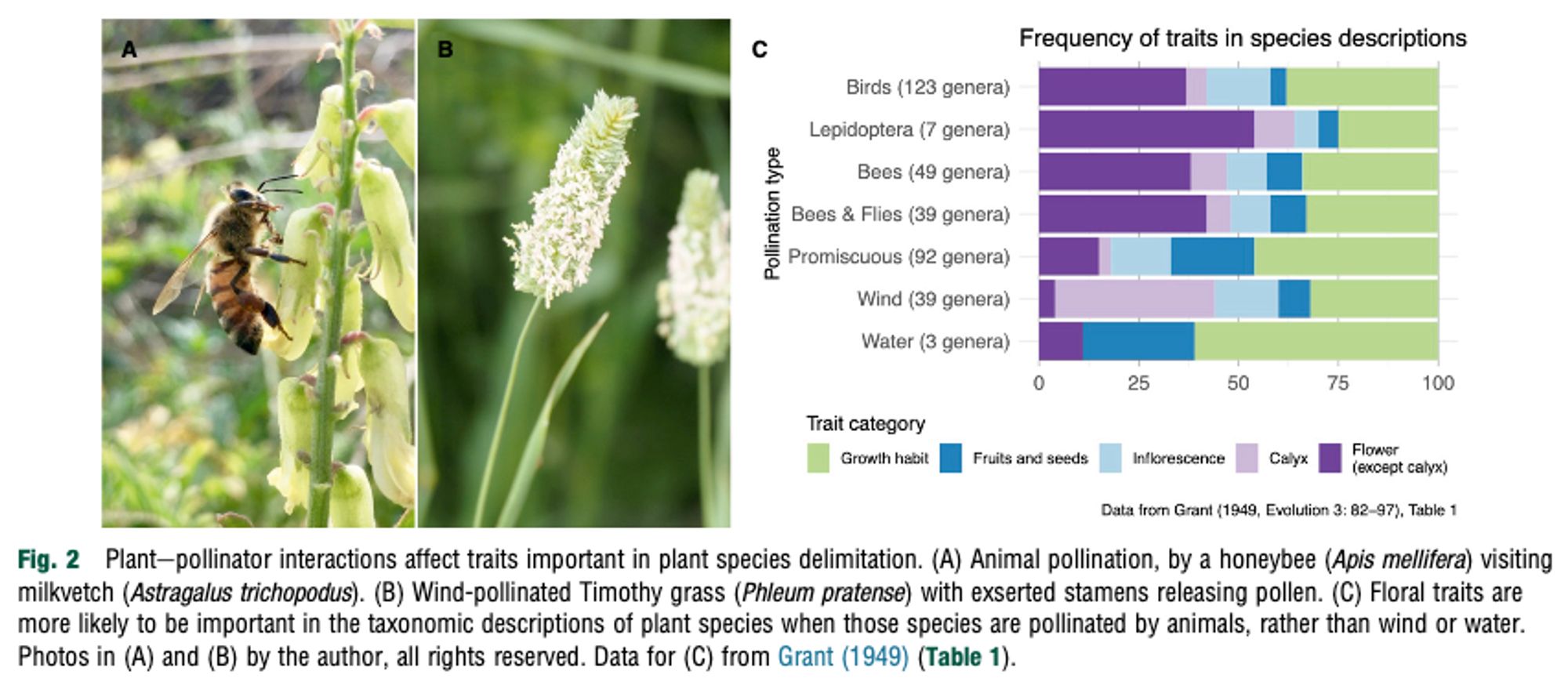


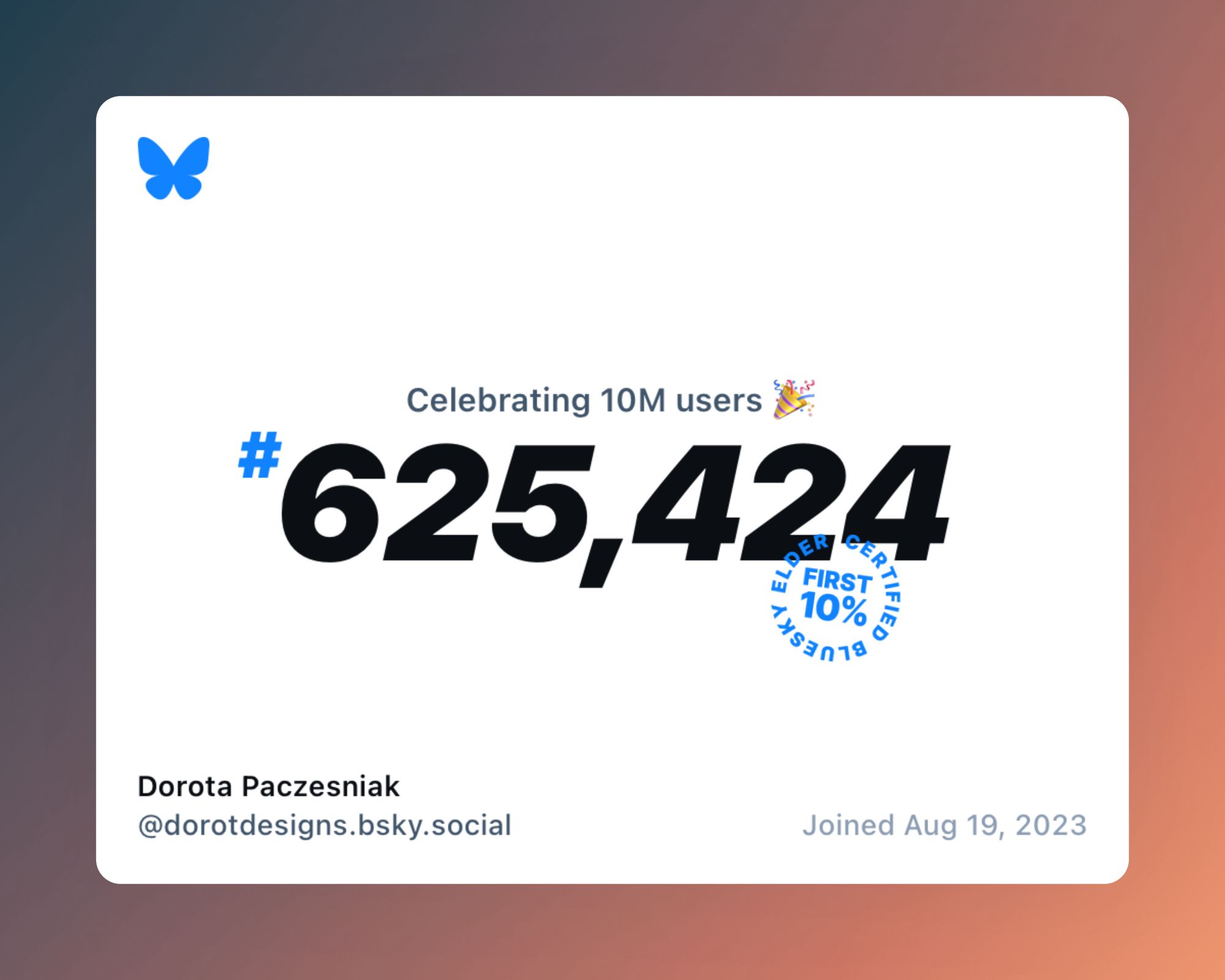
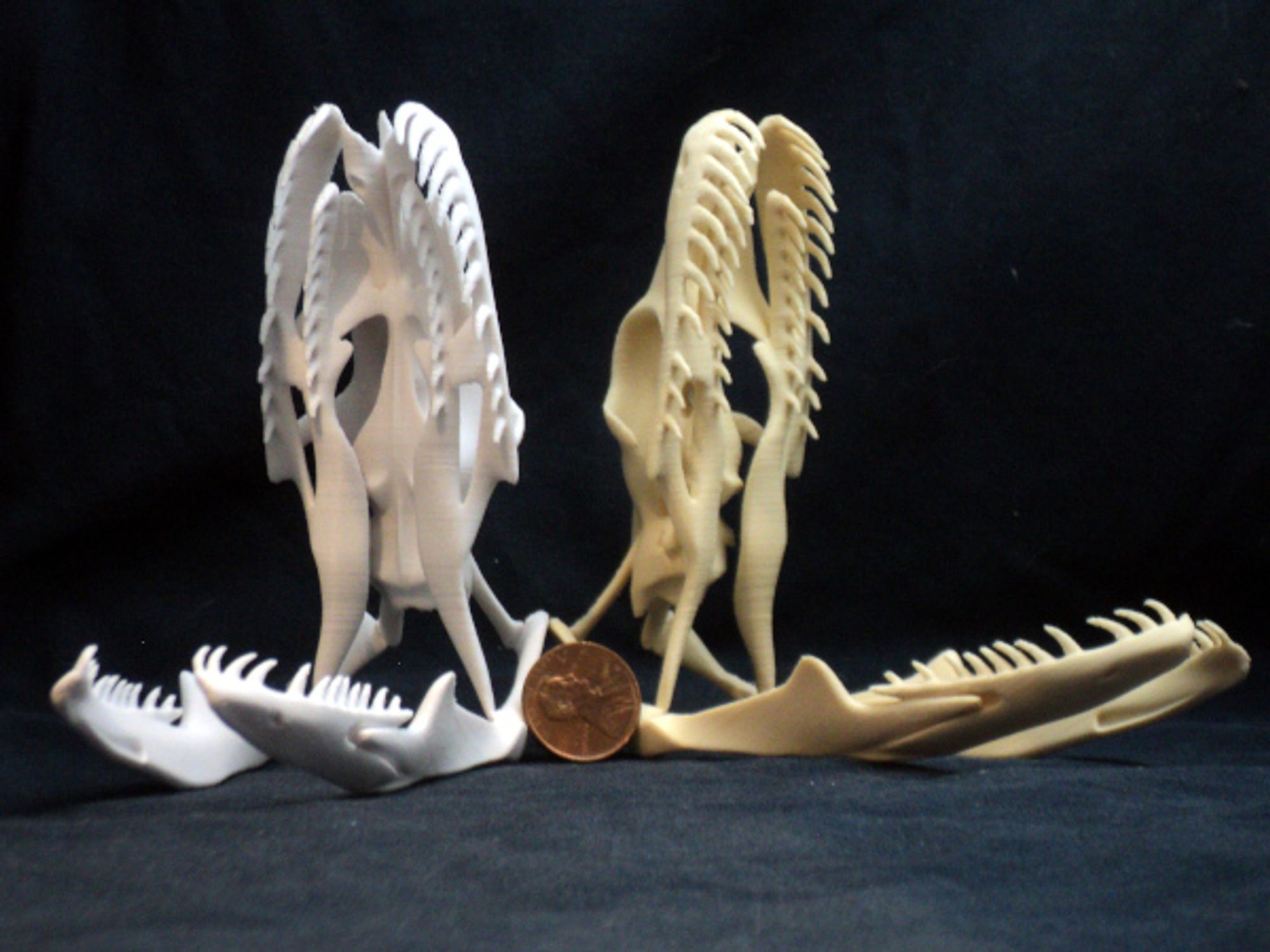
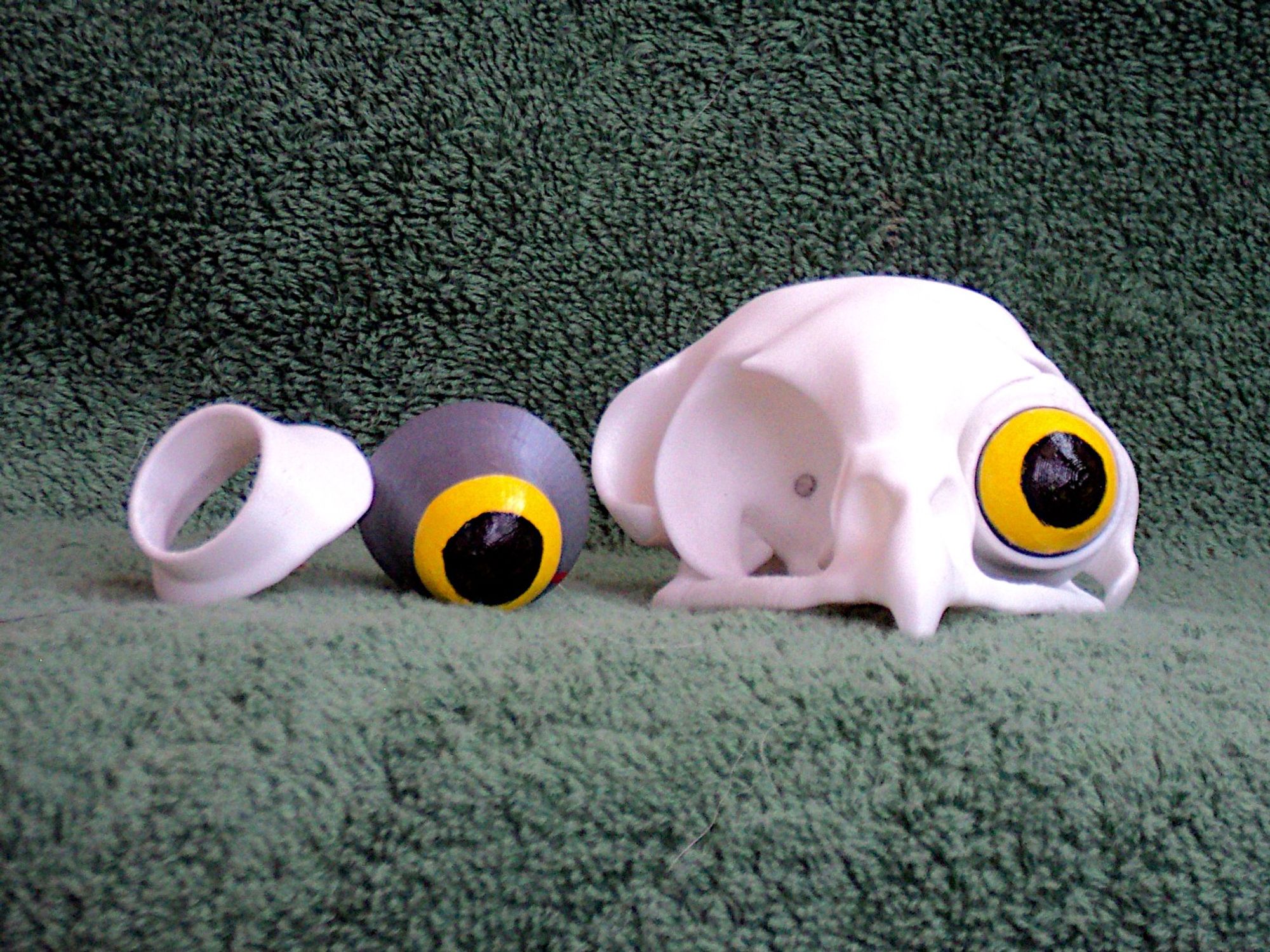
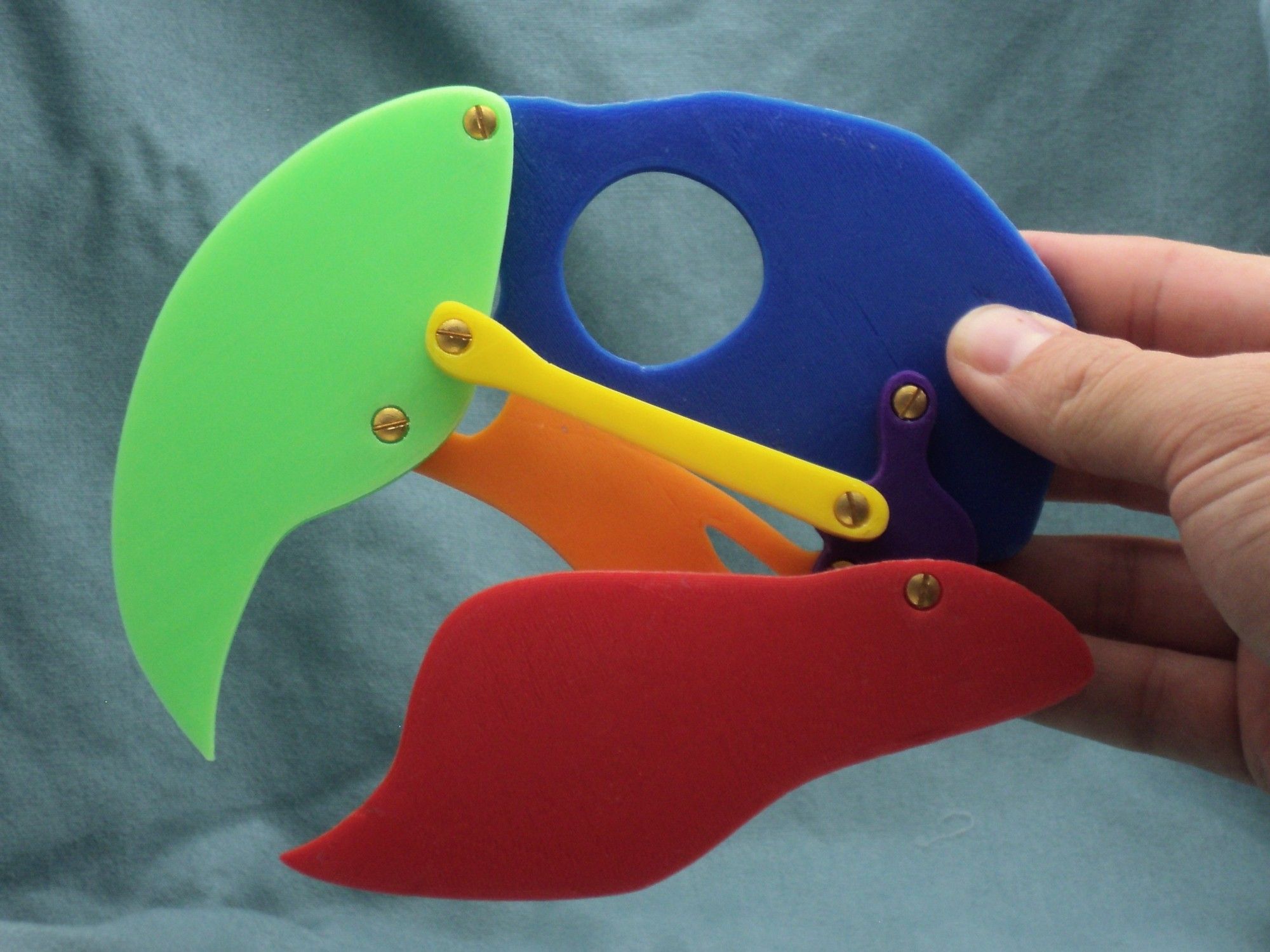

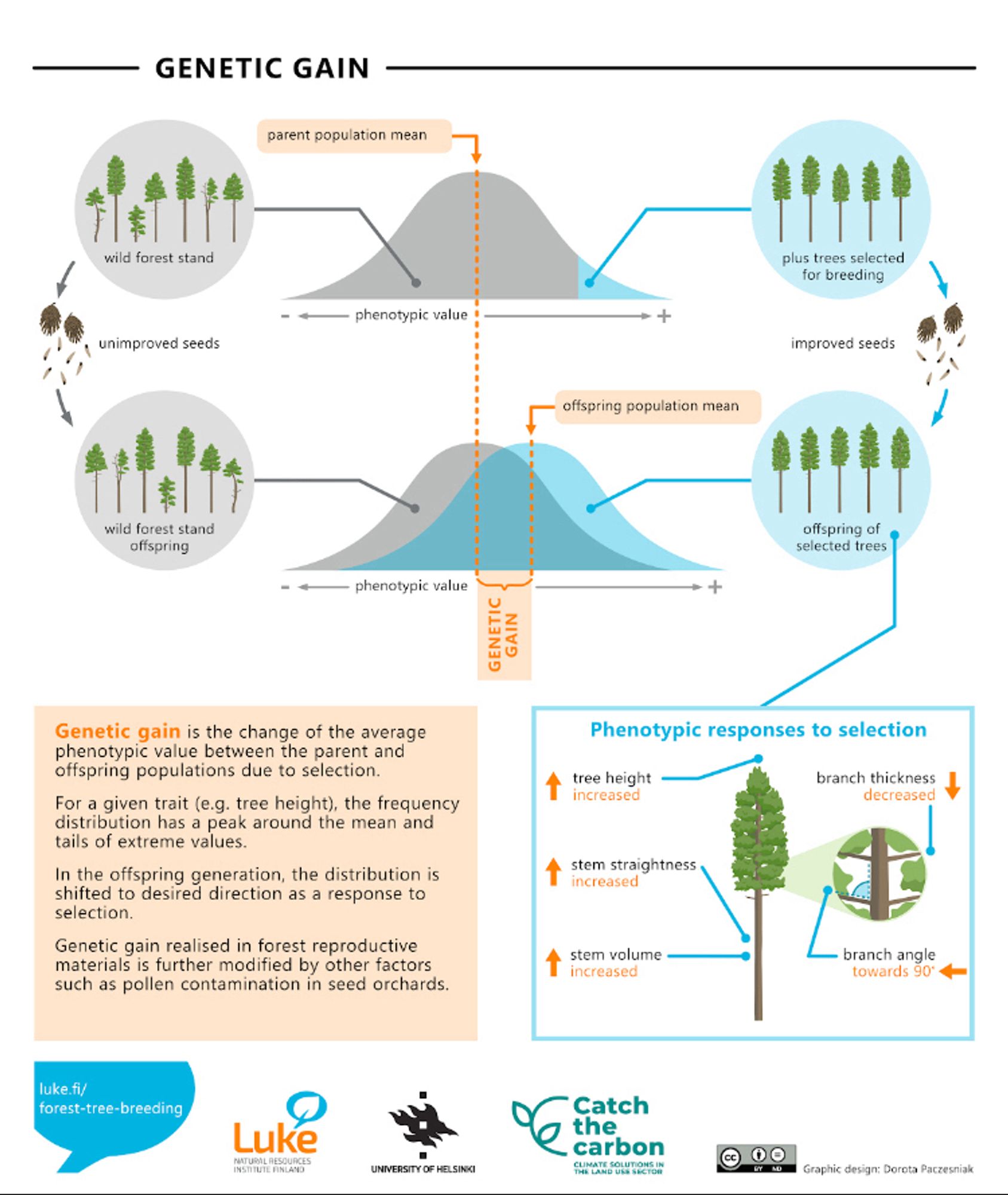
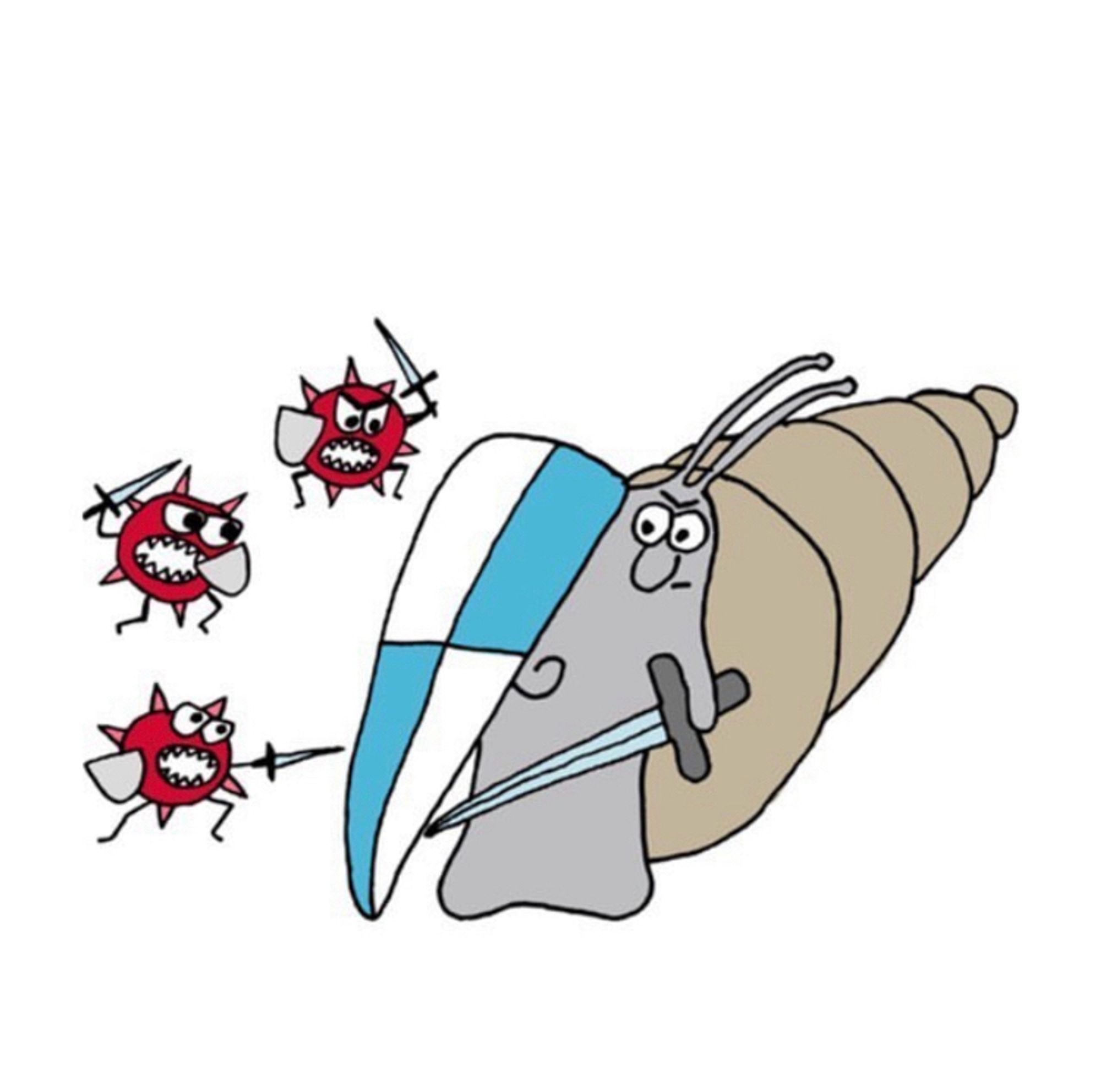

![Conceptual figure illustrating differences in seasonal distributions of photosynthetic activity (carbon assimilation) for temperate herbs with differing phenological syndromes (evergreens [purple], spring ephemerals [pink], summer greens [blue]) relative to understory light levels (line). The shape and magnitude of these conceptual photosynthetic activity curves may vary within and among species. For example, summer-green species vary in their relative proportion of early-spring photosynthetic gain that occurs before overstory tree canopy closure. From: Benjamin R. Lee, Abby J. Yancy, and J. Mason Heberling. Phenological Escape and Its Importance for Understory Plant Species in Temperate Forests | International Journal of Plant Sciences: Vol 185, No 4](https://cdn.bsky.app/img/feed_fullsize/plain/did:plc:grbn2dyzqrfjl7dwz2nm2ug3/bafkreiacncgr2vo6xocv5jttt65se7jkze567qtqc3pebjavg5ub2yrrb4@jpeg)